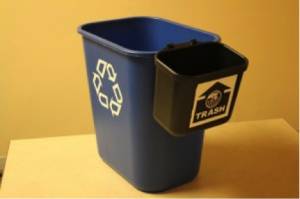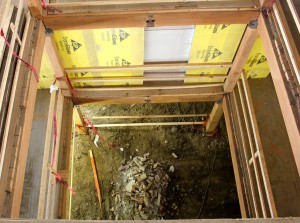Why does this popular adage seem to be the linchpin of all sustainability efforts? Let’s begin by defining “sustainability”, a buzzword we all love to use but might not always know how to articulate. According to the World Commission on Environment and Development:
Sustainable development should “meet the needs of the present without compromising the ability of future generations to meet their own needs.”
Nowhere in this definition is “buy less” or “use less” explicitly stated, yet there seems to be a general understanding that we just might need to cut back on something if we are to sustain healthy and equitable societies.
The desire to consider how our lifestyles impact other humans, animals, and resources should spark excitement and collaboration amongst those of us eager to preserve the people’s and planet’s prosperity. Unfortunately, it’s easy to see the distressing statistics indicating an inevitable climate apocalypse and resort to crossing our fingers and hoping for the best.
It’s true. A zero carbon footprint is virtually unattainable and arguably, not too desirable. (We’re all for a plastic-free lifestyle, but aren’t quite sure we’re ready to go shower-free juuust yet.)







 This also has ramifications for the building’s LEED rating system, the environmental rating that assesses the green design of a project. Stormwater Quantity ratings require that a site infiltrate at least 25% of the runoff generated by a site. Using the techniques described above, the 574 Boston Avenue project will reduce the runoff sent to the City stormwater systems by almost 60%, a true representation of the design team’s dedication to sustainability.
This also has ramifications for the building’s LEED rating system, the environmental rating that assesses the green design of a project. Stormwater Quantity ratings require that a site infiltrate at least 25% of the runoff generated by a site. Using the techniques described above, the 574 Boston Avenue project will reduce the runoff sent to the City stormwater systems by almost 60%, a true representation of the design team’s dedication to sustainability.
Find Us On Social Media!